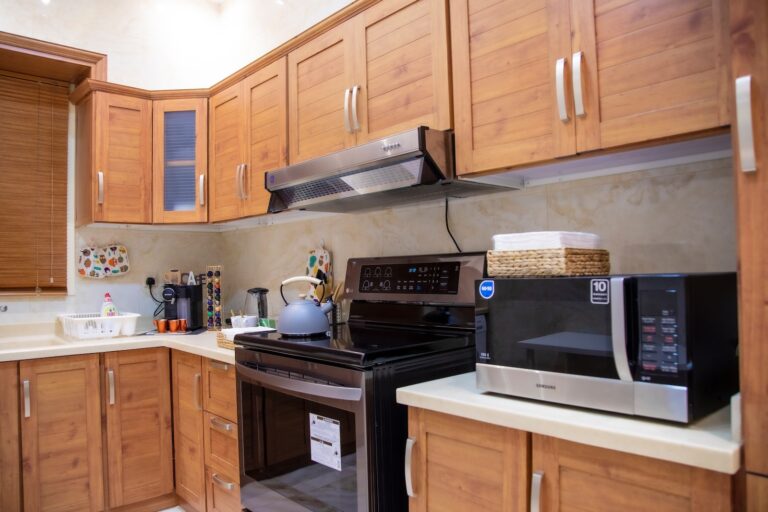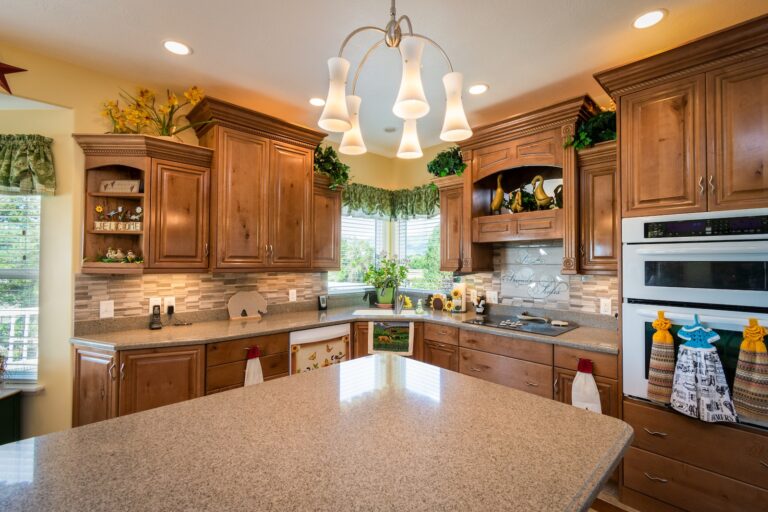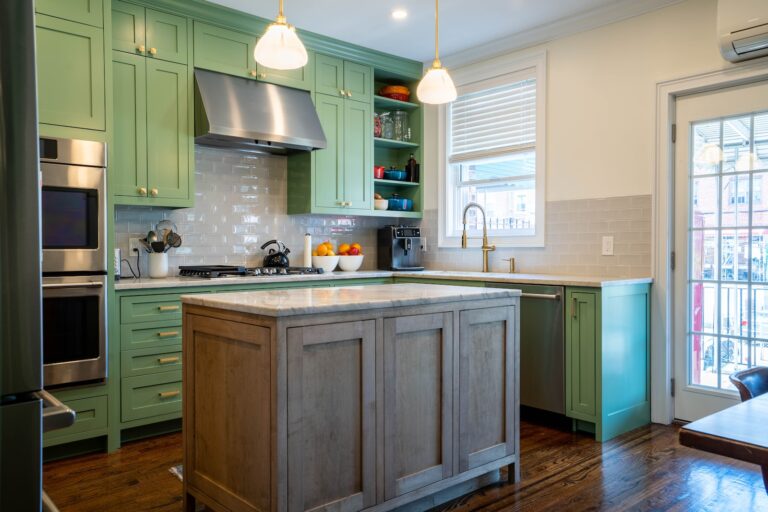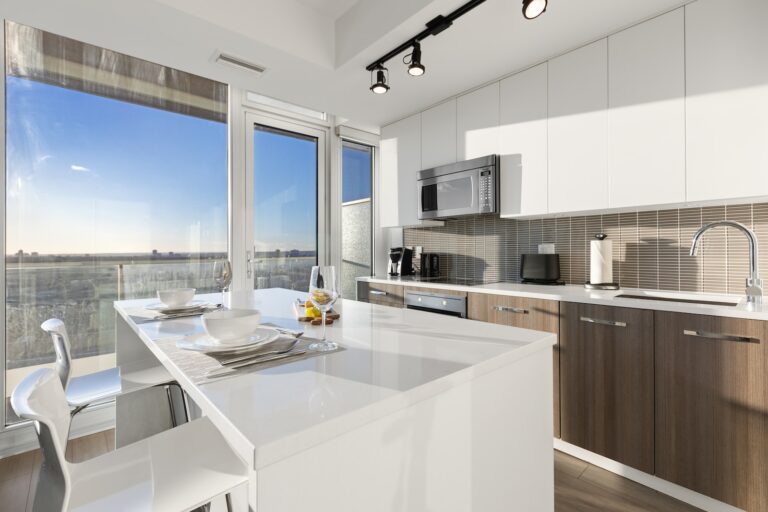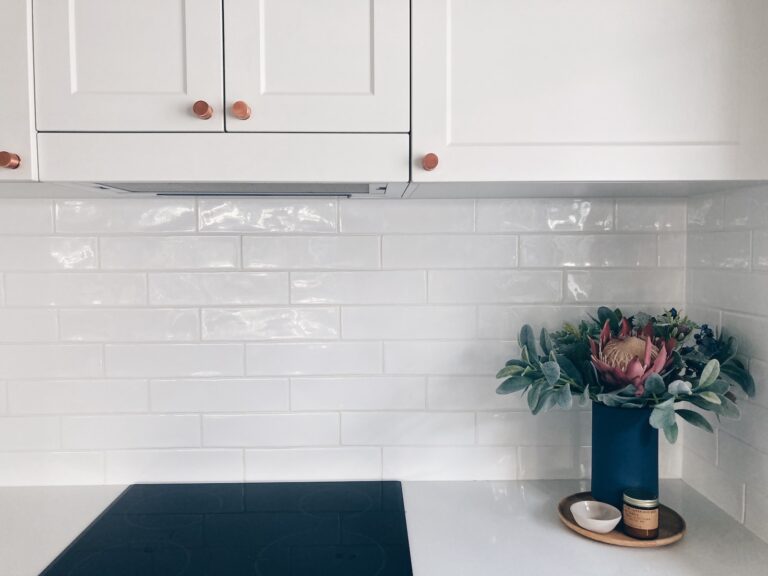How To Measure Your Kitchen For Cabinets?
Are you planning to renovate your kitchen and wondering how to measure it for cabinets? Measuring your kitchen accurately is a crucial step in the renovation process, as it ensures that your cabinets fit perfectly and function optimally. In this guide, we will walk you through the steps to measure your kitchen for cabinets like a pro. So, grab your measuring tape and let’s get started!
To achieve the perfect kitchen layout, you need to know the exact measurements of your kitchen space. Measuring your kitchen for cabinets may seem like a daunting task, but with the right tools and techniques, it can be a breeze. In this article, we will provide you with detailed instructions on how to measure your kitchen for cabinets, so that you can achieve the kitchen of your dreams.
- Remove all items from your cabinets and clear the workspace.
- Measure the length and width of each wall, including the height from floor to ceiling.
- Measure the space between windows, doors, and other fixtures.
- Make a rough sketch of your kitchen and write down all the measurements.
- Consult with a professional to ensure accuracy and proper fit of your cabinets.
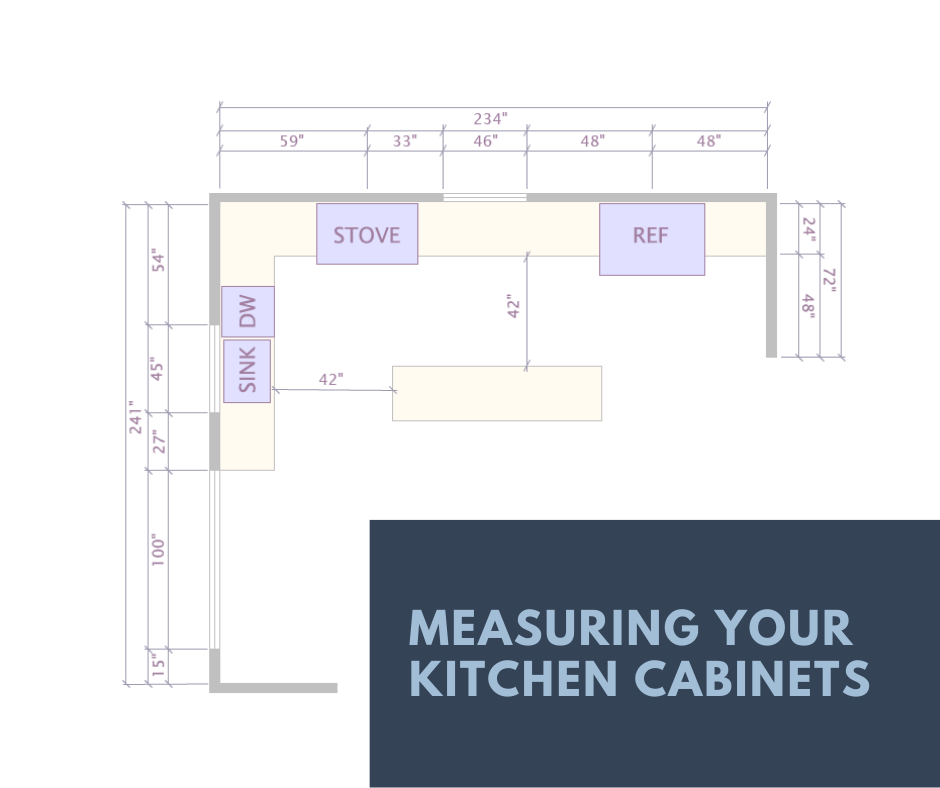
How to Measure Your Kitchen for Cabinets
Measuring your kitchen for cabinets may seem like an intimidating task, but it doesn’t have to be. With the right tools and a little bit of patience, you can ensure that your new cabinets fit perfectly in your space. In this article, we’ll guide you through the steps of measuring your kitchen for cabinets, so you can get started on your kitchen renovation project with confidence.
Step 1: Prepare Your Tools
Before you begin measuring, you’ll need to gather a few tools. These include a measuring tape, a pencil, paper, and a level. Make sure your measuring tape has both imperial and metric measurements, as this will come in handy when working with cabinet manufacturers.
Once you have your tools ready, it’s time to move on to the next step.
Step 2: Measure the Walls
The first thing you’ll need to do is measure the walls in your kitchen. Start by measuring the length of each wall, starting from the corner of the room and ending at the other end of the wall. Be sure to measure both the top and bottom of the wall, as walls can sometimes be uneven.
Once you have the length of the wall, measure the height of the wall from floor to ceiling. This will give you the overall dimensions of the wall.
Step 3: Measure the Windows and Doors
Next, measure the width and height of any windows or doors in your kitchen. It’s important to measure both the width and height of each opening, as they may not be perfectly square.
Step 4: Determine the Cabinet Layout
Now that you have your measurements, it’s time to determine the layout of your cabinets. Think about how you want your cabinets to be arranged in your kitchen. Do you want wall cabinets or base cabinets? Where do you want your appliances to go?
Once you have a general idea of your cabinet layout, you can start to measure for specific cabinet sizes.
Step 5: Measure for Base Cabinets
When measuring for base cabinets, start by measuring the length of the wall where you want the cabinets to go. Divide this length by the width of your chosen base cabinet (usually 24 inches) to determine how many cabinets you will need.
Measure the height of the space where the cabinets will go, and subtract 4 inches for the countertop. This will give you the height of your base cabinets.
Step 6: Measure for Wall Cabinets
When measuring for wall cabinets, start by measuring the height of the space between the countertop and the ceiling. This will give you the height of your wall cabinets.
Measure the length of the wall where you want the cabinets to go, and divide this length by the width of your chosen wall cabinet (usually 30 inches) to determine how many cabinets you will need.
Step 7: Check for Level and Plumb
Before ordering your cabinets, it’s important to check that your walls are level and plumb. Use a level to ensure that your walls are straight and a plumb line to check that they are perpendicular.
If your walls are not level or plumb, you may need to make adjustments before installing your cabinets.
Step 8: Order Your Cabinets
Once you have your measurements and have checked for level and plumb, it’s time to order your cabinets. Make sure you double-check your measurements before placing your order, as mistakes can be costly.
Step 9: Install Your Cabinets
When your cabinets arrive, it’s time to install them. Follow the manufacturer’s instructions carefully, and make sure you have all the necessary tools before you begin.
Step 10: Enjoy Your New Kitchen
With your new cabinets installed, it’s time to enjoy your new kitchen. Not only will your kitchen look great, but your new cabinets will also provide you with additional storage space and functionality.
In conclusion, measuring your kitchen for cabinets may seem like a daunting task, but it’s actually quite simple when you follow the steps outlined in this article. By measuring carefully and double-checking your measurements, you can ensure that your new cabinets fit perfectly in your space, giving you the kitchen of your dreams.
Frequently Asked Questions
What tools do I need to measure my kitchen for cabinets?
Before measuring your kitchen for cabinets, make sure you have these tools on hand: measuring tape, pencil, paper, and a calculator. You may also want to consider using a laser level to ensure your measurements are accurate.
It’s important to have these tools ready before starting so that you can measure accurately and avoid making any mistakes during the process.
How do I measure the height of my kitchen for cabinets?
To measure the height of your kitchen for cabinets, start by measuring from the highest point of your ceiling to the floor. Make sure to take note of any irregularities in the ceiling, such as beams or slopes, as this will affect the height of the cabinets.
Next, measure the height of any appliances, such as the refrigerator or stove, and subtract this from the ceiling-to-floor measurement. This will give you the maximum height for cabinets in your kitchen.
How do I measure the width of my kitchen for cabinets?
To measure the width of your kitchen for cabinets, start by measuring the length of each wall where you want to install cabinets. Make sure to take note of any obstacles, such as windows, doors, or electrical outlets, as these will affect the width of the cabinets.
Once you have measured each wall, add up the total length of all the walls. This will give you the total width of your kitchen for cabinets.
How do I measure the depth of my kitchen for cabinets?
To measure the depth of your kitchen for cabinets, start by measuring the distance from the back wall to the front of any countertops or islands. Make sure to take note of any appliances or plumbing fixtures, such as sinks or dishwashers, as these will affect the depth of the cabinets.
Next, measure the depth of any appliances and subtract this from the back wall-to-counter measurement. This will give you the maximum depth for cabinets in your kitchen.
What should I do if I’m not comfortable measuring my kitchen for cabinets?
If you’re not comfortable measuring your kitchen for cabinets, it’s best to leave the job to a professional. Many cabinet companies offer measurement services as part of their installation process, so you can be sure that your cabinets will fit perfectly in your kitchen.
Alternatively, you can hire a professional contractor or interior designer to measure your kitchen and help you choose the best cabinets for your space.

How to Measure Your Kitchen Cabinets
In conclusion, measuring your kitchen for cabinets is an essential step in any renovation or remodeling project. With accurate measurements, you can ensure that your cabinets will fit perfectly and provide the functionality and style you desire.
Before you begin measuring your kitchen, make sure to gather all the necessary tools, including a measuring tape, pencil, and paper. Take your time and measure each area carefully, including the height, width, and depth of your cabinets.
With these measurements in hand, you can confidently shop for new cabinets or work with a professional designer to create a custom solution that meets your needs. So don’t wait – start measuring your kitchen today and get one step closer to the kitchen of your dreams!


